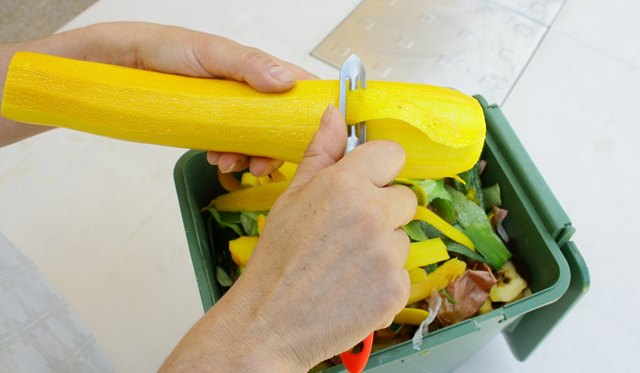Creating a Sustainable Kitchen
The kitchen is considered to be the most important room in a home. It’s where meals are prepared, daily plans are made and where most social interactions take place. Did you know that home energy accounts for nearly 20% of our environmental impact, with much stemming from the kitchen? The choices we make, from ordering take-out, to and preparing sustainable meals at home, has an impact on both our agricultural and ecological system. Food has a greater ecological impact than home energy. Here are a few tips to help you create a more sustainable kitchen.
Create an Indoor Growing Station
Apartment living makes finding space for growing plants challenging, but it’s not impossible. Small growing stations require minimal care and space and can bring natural beauty and freshness to your home. For most plants, you just need a sunny window to help your little garden flourish. Did you know that you can replant vegetable scraps? Lettuce, onions, garlic, celery can all be grown from scraps. An added bonus is that indoor plants can help with your home’s air quality. Learn more about how to grow vegetables from scraps.
Create a Compost Bin
Each year, each person can prevent 140 pounds of food waste from going to the landfill. It’s important to minimize the amount of landfill food waste because as it breaks down it emits greenhouse gas. Composting scraps turns food in to compost and eliminates the need for pesticides, fertilizers and water. Simply keep a composting bin next to or under your sink to collect scraps. Learn how to make an indoor compost bin.
Plan for Food Preservation
Eating locally grown food is more sustainable, but we don’t always have space or tools to take advantage of fully ripened vegetables and fruits from the farmer’s market. By incorporating a dehydrator or other food preservation tools we can take advantage of local, sustainable food options.
We hope these tips will help you kick off a more sustainable new year!



